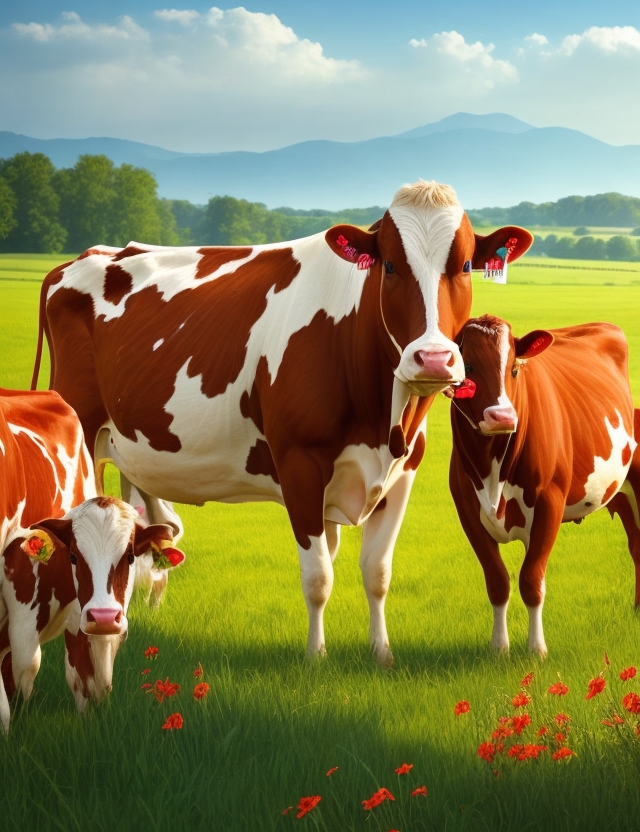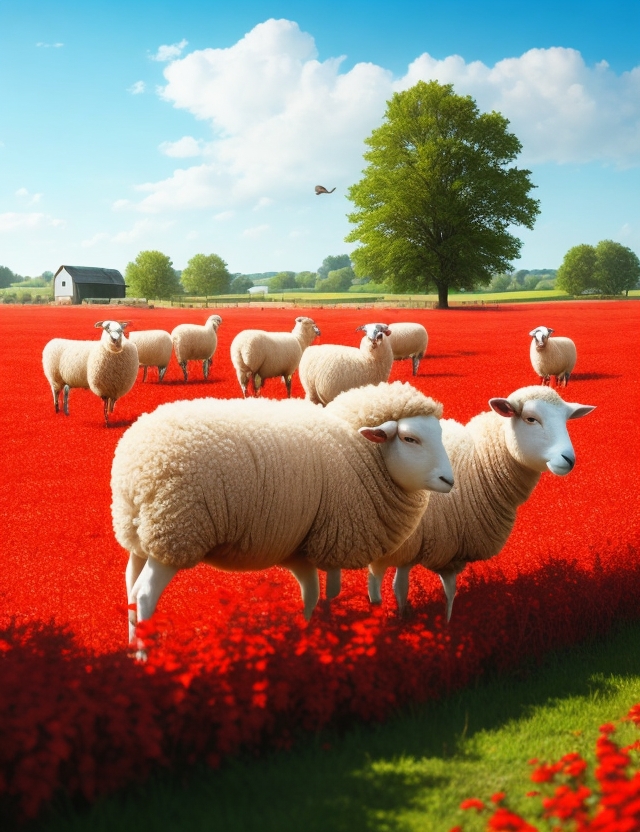Soil and Carbon: How Farms Can Lead in Climate Change Mitigation
The agricultural sector, particularly farms, plays an increasingly important role in addressing climate change, especially when it comes to carbon sequestration. Farms can either be sources of greenhouse gas emissions or platforms for capturing and storing carbon, contingent on management practices. This article discusses crops effective for carbon sequestration, rotational grazing in livestock farming, and the benefits of incorporating agroforestry on farms.

Effective Crops for Carbon Sequestration
Certain crops are notably effective for capturing and storing atmospheric carbon dioxide. Farms cultivating perennial crops such as switchgrass or specific legumes have the added advantage of deep root systems that store substantial amounts of carbon. These farms also typically require less tilling, a process that can release stored soil carbon back into the atmosphere.

Rotational Grazing on Farms
While livestock farms are often seen as significant greenhouse gas emitters, rotational grazing can mitigate this. The practice, which involves moving animals across different pastures to prevent overgrazing, promotes plant growth and allows for increased carbon capture. It also offers benefits like reduced soil erosion and improved water retention.
The Role of Agroforestry in Farm Management
Agroforestry, which involves incorporating trees into farming systems, offers another pathway for carbon sequestration. Farms that adopt agroforestry practices not only benefit from carbon capture but also enjoy other advantages like shade for animals, windbreaks for crops, and additional income streams through timber or fruit production.
Policy Incentives for Farms
Various policies aim to encourage farms to adopt sustainable practices that contribute to carbon sequestration. Carbon credits and grants for sustainable farming are some of the financial incentives available to encourage this shift.
Farms have the potential to become significant players in combatting climate change through effective carbon sequestration practices. By choosing the right crops, adopting rotational grazing, and incorporating agroforestry, farms can transform from being part of the climate problem to becoming part of the solution.
If you found this read enriching, you're sure to benefit from our comprehensive article on "Climate Variations and Fruit Orchards," examining the relationship between weather patterns and fruit yield. Additionally, "Antibiotics in Livestock Farms" is another article that delves into the pressing issue of antibiotic resistance in livestock, a concern that impacts us all.





